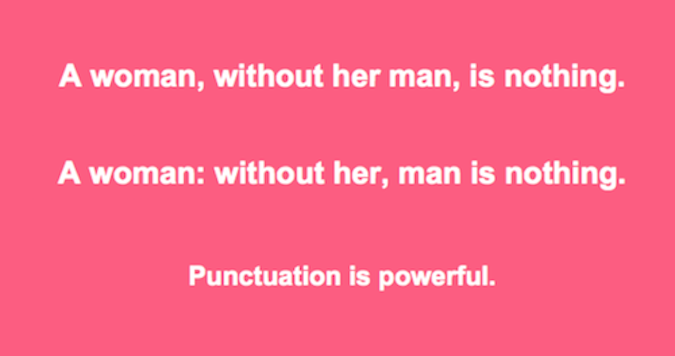1. No clear objective
Do not start to write without asking “What do I want to say?” or “Who am I writing for?”. If you do not have a clear objective, this will be reflected in your writing, leaving your reader confused.

1. No clear objective
Do not start to write without asking “What do I want to say?” or “Who am I writing for?”. If you do not have a clear objective, this will be reflected in your writing, leaving your reader confused.

When we learn another language, we have to learn not just the translations of the words we use in our own language, but also pay attention to differences in grammar. Here are six examples of typical English grammar errors that a Spanish speaker might make. These are caused by directly transferring and translating the Spanish structure.
cab sav? bikkie? chockie? you right? go for it! But don't say "what?"!
Essential Australian everyday English, for all levels of English learner.
Have you ever been confused by seeing or hearing "had had" in English? Don't be confused—it's very logical.
The past perfect
The past perfect in English is used to talk about something that happened before something else in the past—so, it's like a past-past—a distant past. I would use it when I want to talk about something that happened before something else in the past. For example, "I didn't eat anything at the party because I HAD GONE out to dinner before and HAD EATEN heaps of food!" (note two past perfect verbs there—"had gone" and "had eaten").
You can increase your chances of a successful job application with these general tips (of course, there are exceptions—these are just general tips):
Hello!
I hope this video will help you with your English pronunciation. In it, I am pronouncing the vowel and dipthong sounds of English from the International Phonemic Alphabet (the IPA).
Hello!
I hope this video will help you with your English pronunciation. In it, I am explaining the short and long pronunciations of the English vowels.
Here are the notes that you should refer to as you watch this video: